Welcome back to Digest. This is the place where we get right to the point and highlight our favorite things in exhibitions, design and architecture. Feast your eyes on the latest collection of our favorite talking points from the world of contemporary ceramic design.
1. Car Clay
Car modeling clay is typically used to create 1:1 prototypes of new car designs—one part of a development process that can cost upwards of a billion dollars. For designer Johanna Seelemann, this resource-intensive process represents a “non-rational focus on the way things look that drives modern over-consumption” and opposes the industry’s efforts to become more sustainable.
When Seelemann first became fascinated with car modeling and the design process, she wondered: How does the designer know when to stop? Perhaps, she realized, the magic is in being able to keep going. As part of her graduate project at the Design Academy Eindhoven, Seelemann tapped into the adaptable qualities of modeling clay to develop a series of abstract, multi-purpose furniture pieces that are “stable but remain ever-transformable for the user.
Text from Core77
Read more here
2. LAUFEN’s Ave!: the World’s First Gravity Flushed Urine Separation Toilet
The design contains the nitrogen from human urine, prevents the harmful toxins from entering natural waterways, and reclaims it as a valuable resource, which, for example, can be used as fertilizer for agriculture. The innovative prototype is then juxtaposed with two artworks from the field of bio art at the exhibition.
Acting with as much fanfare and intrigue as a fairground attraction, Lucie Strecker’s live performance, titled ‘brains’ shit for shit brains’, addresses the still taboo topic of feces. The act harvests bacterium that could cause disease from a diverse selection of people, portraying art as medicine, and sparring design solutions against human survival. It speculates the importance of microbial–genetic and biological–diversity in socio-political contexts.
Text from designboom
Read more here
3. Lucie Rie’s Buttons
Dame Lucie Rie (1902-1995) is known for her finely thrown and beautifully decorated functional domestic ceramics. She emigrated to the UK during the Second World War and began producing ceramic buttons for the fashion industry, after spotting a gap in the market as many British button factories had been requisitioned for the War effort.
An exhibition at the Centre of Ceramic Art (CoCA), York Art Gallery reveals this less well known area of her practice, displaying hundreds of her beautiful buttons alongside many examples of domestic wares she became celebrated for.
An informative Blog for the Victoria and Albert Museum explains more:
She worked with Fritz Lampl at first, who provided employment to many of his friends from Vienna and in the Jewish community in London. Rie then began producing her own stoneware buttons in her studio at her house, 18 Albion Mews, near Hyde Park.
Over time Rie developed a wide range of designs with names such as Bow, Rose, Stars and Lettuce, and employed six people (including Hans Coper) in her studio to support production. Rie also developed a range of innovative glazes, and it is thought that this early experience of imaginative and fast glaze development contributed to her distinctive later glaze textures and colors, for which she is so famous.
Having difficulty managing a team of women, Rie met Hans Coper and hired him to run the button studio. She also made pottery that lead to a close relationship between the two, among the leading studio potters of the 20th century.
Read more about Lucie Rie in Cfile
4. Blue + White Mickey
“Disney fans do not play” says Rob Report. the Disney universe is loved and protected with the same ferocity as the Beehive. If there is one emblem of that profound and potent spirit, it is Mickey Mouse, who celebrates 90 years of pop-cultural significance this year. Mickey debuted in the animated film Steamboat Willie on November 28, 1928, looking very little like the wholesome charmer of today. To pay homage to the character Dutch designer Marcel Wanders embellishes an oversized resin Mickey Mouse with his signature “One Minute Delft Blue” style, the time it takes for Wanders to paint each piece.
Handcrafted in the studio’s Normandy atelier, One Minute Mickey is an abstract, stylized take on the 20th century’s favorite animated good guy.
Wanders Says that:
The delft blue style perfectly accentuates all of Mickey’s and Minnie’s familiar shapes from their famous ears to his button nose and oversized shoes.
Wanders
Adding to the collection is Mickey Mouse, Cloche À Fromage. This centerpiece cheese platter is designed in either chrome or white finish, and completed with a glass dome in Marcel Wanders’ signature bell shape. With these pieces, Marcel shows how he brings the romanticism of past ages into the contemporary moment.
Text from Rob Report
5. Ethnic: Synthetic – BATIT Studio’s Latest Collection of Wall Art
Based in Tel Aviv, Israel, Tel Batit says that he used to love playing with construction toys as a child, and always saw potential in these shapes:
I got to admit that it wasn’t the starting point to designing this projects, but when I look at it – I see the effect our sub-conscience have on us. Always loved basic shapes, Tetris, puzzles, Lego – loved seeing something big constructed out of many tiny pieces – it’s my whole childhood in an art piece – I don’t go to “work”, I go and play.
Batit
I’m an Israeli designer in a country which is a melting pot of cultures – my mom’s Tunisian, my father’s Aljirian/Spanish – I got all these cultural effect in my veins – and the carpet always stands as a souvenir my grandparents held in their homes from their native countries – a picture on the floor with such history and so many stories behind it.
I see this work as a pixel art – when the pixel is pretty large (1.5 cm) – as I go bigger, I get more pixels, and the graphic image can hold more details – and that is where I’m heading.
Discover more about Batit in Cfile
Learn more about the designer’s studio here
Love or loathe our top design picks for the month of December from the world of contemporary ceramic art and contemporary ceramics? You know where to sound off.
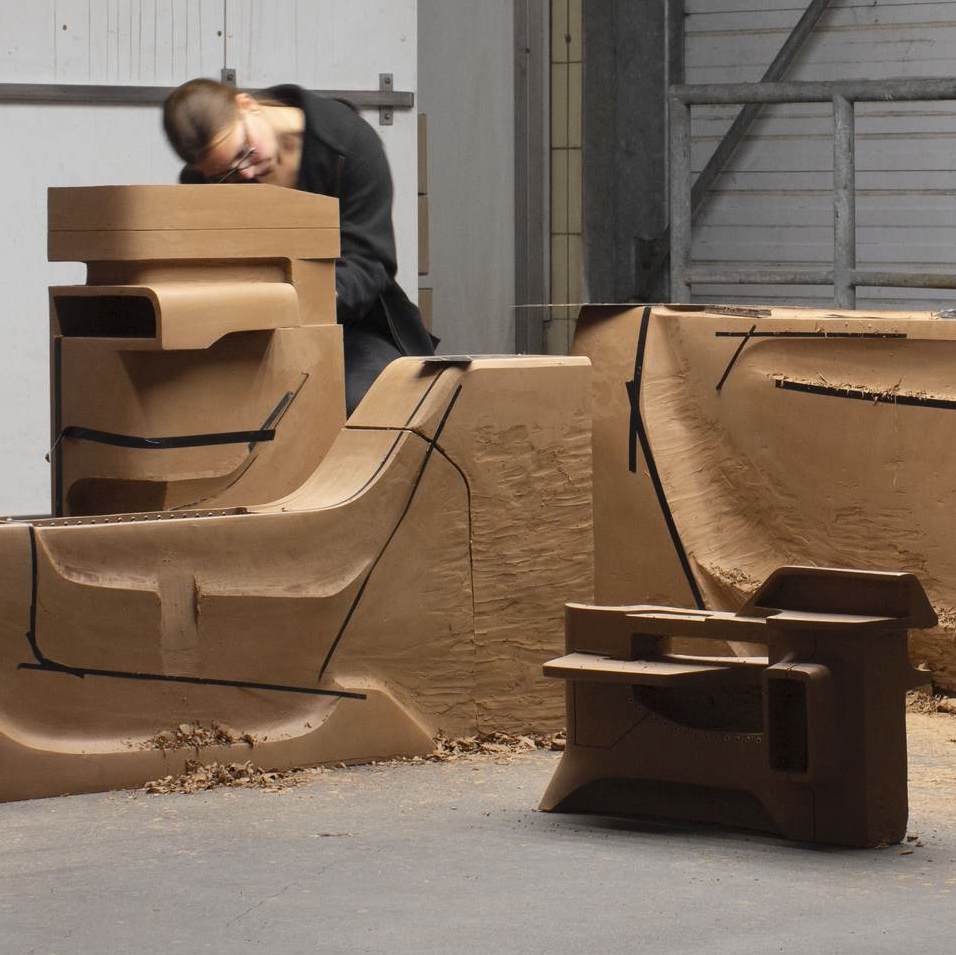


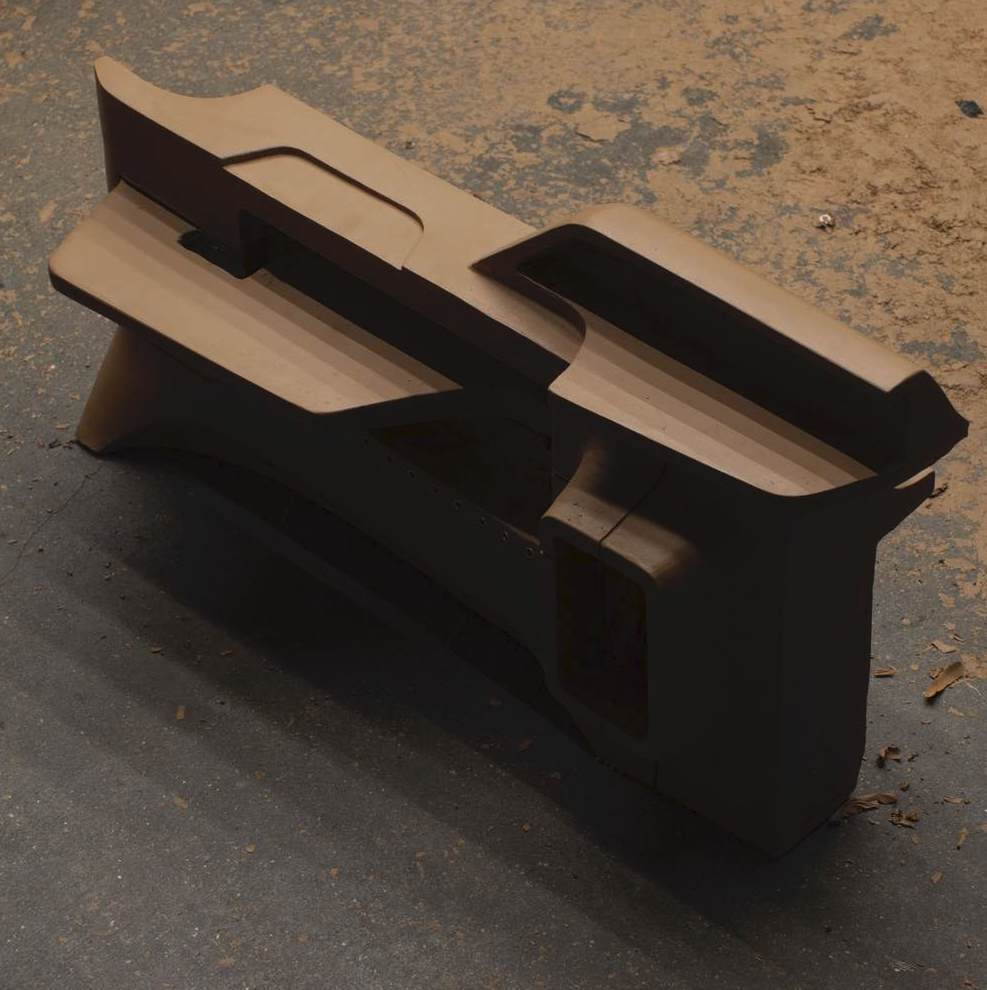
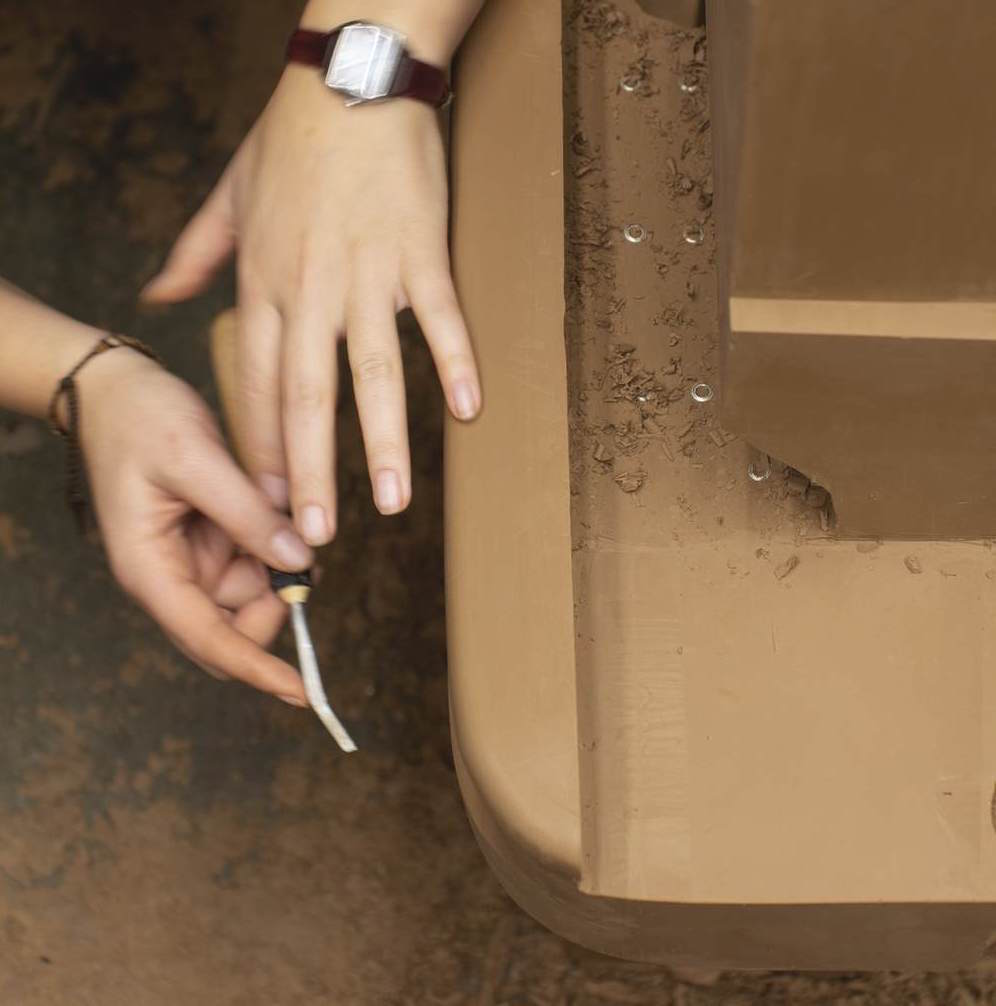

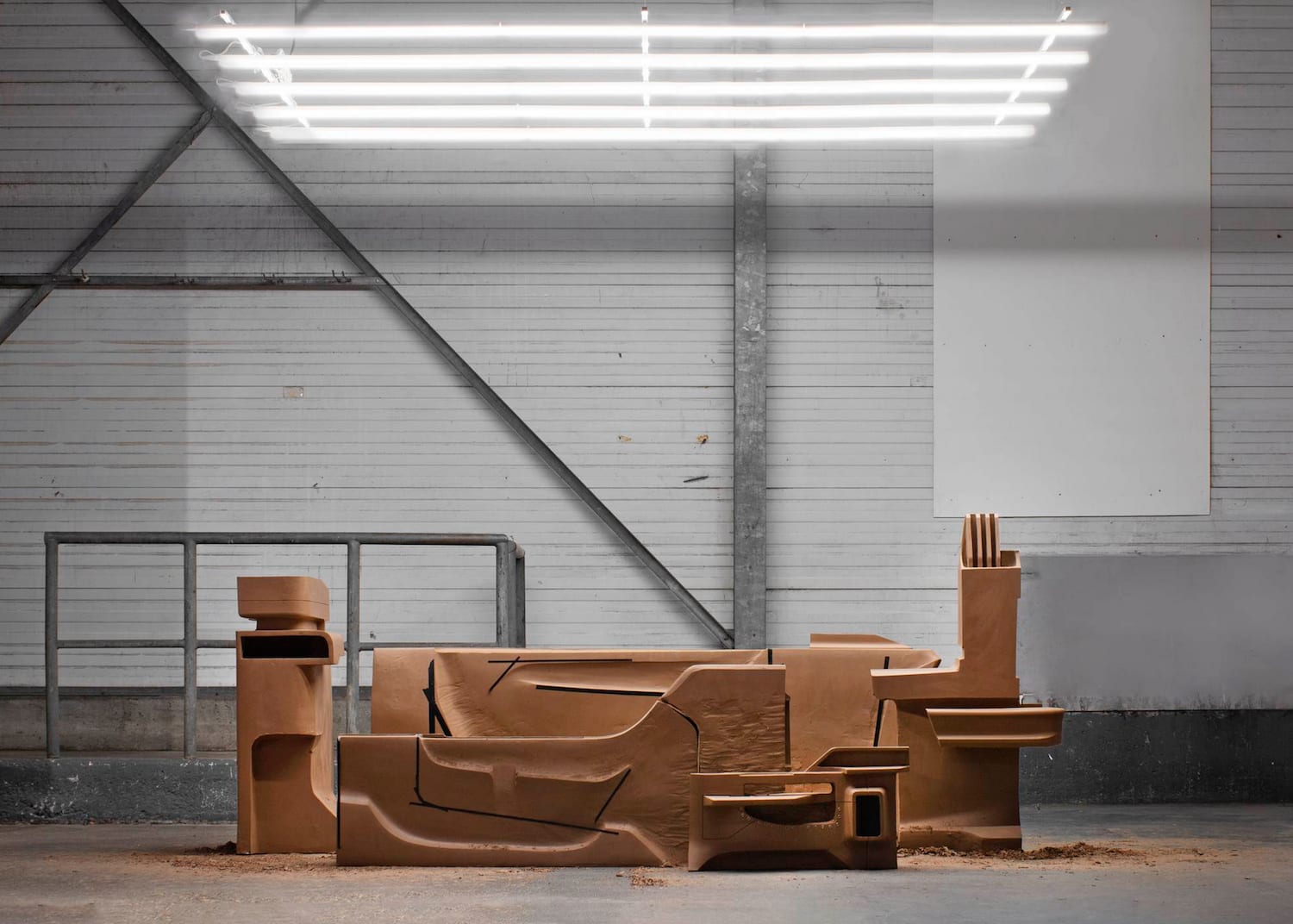
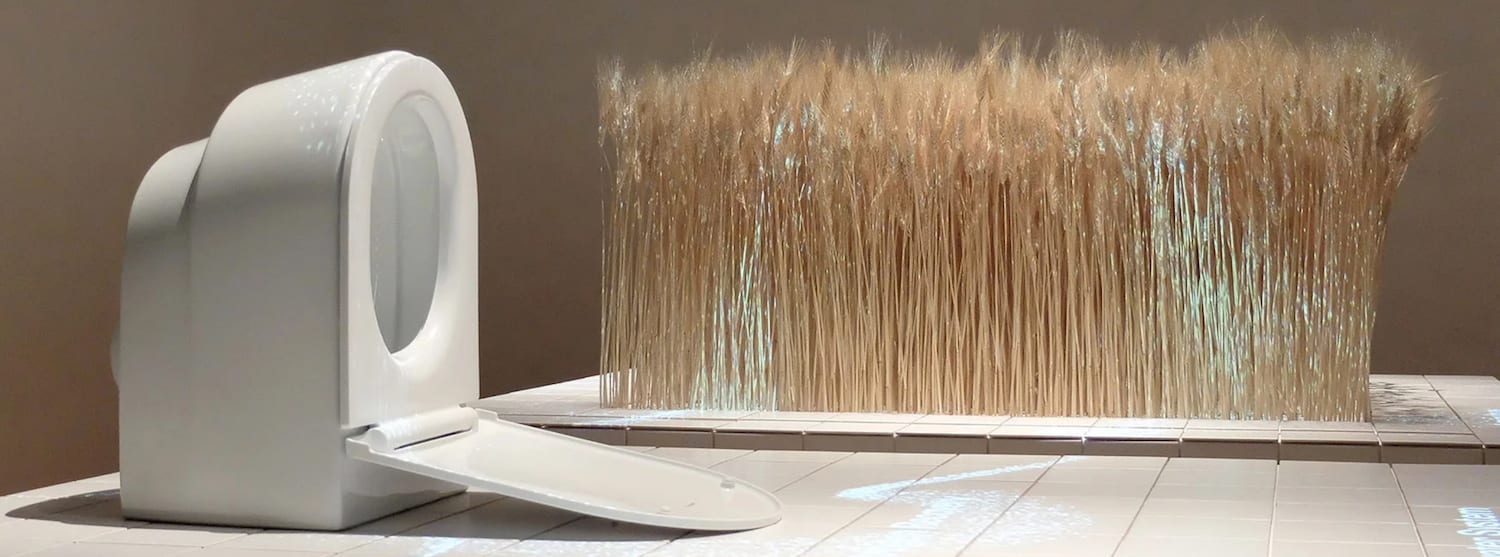
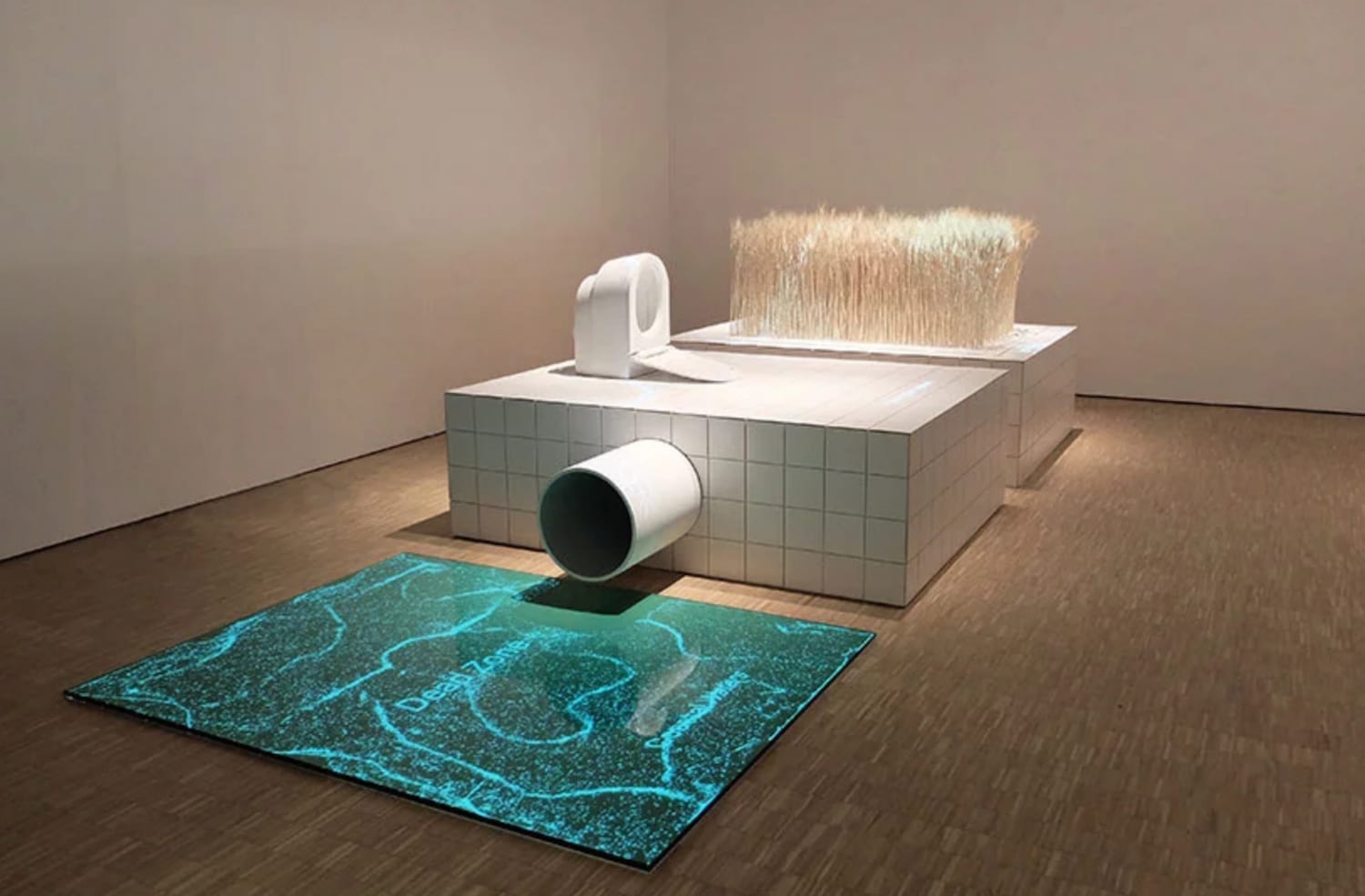
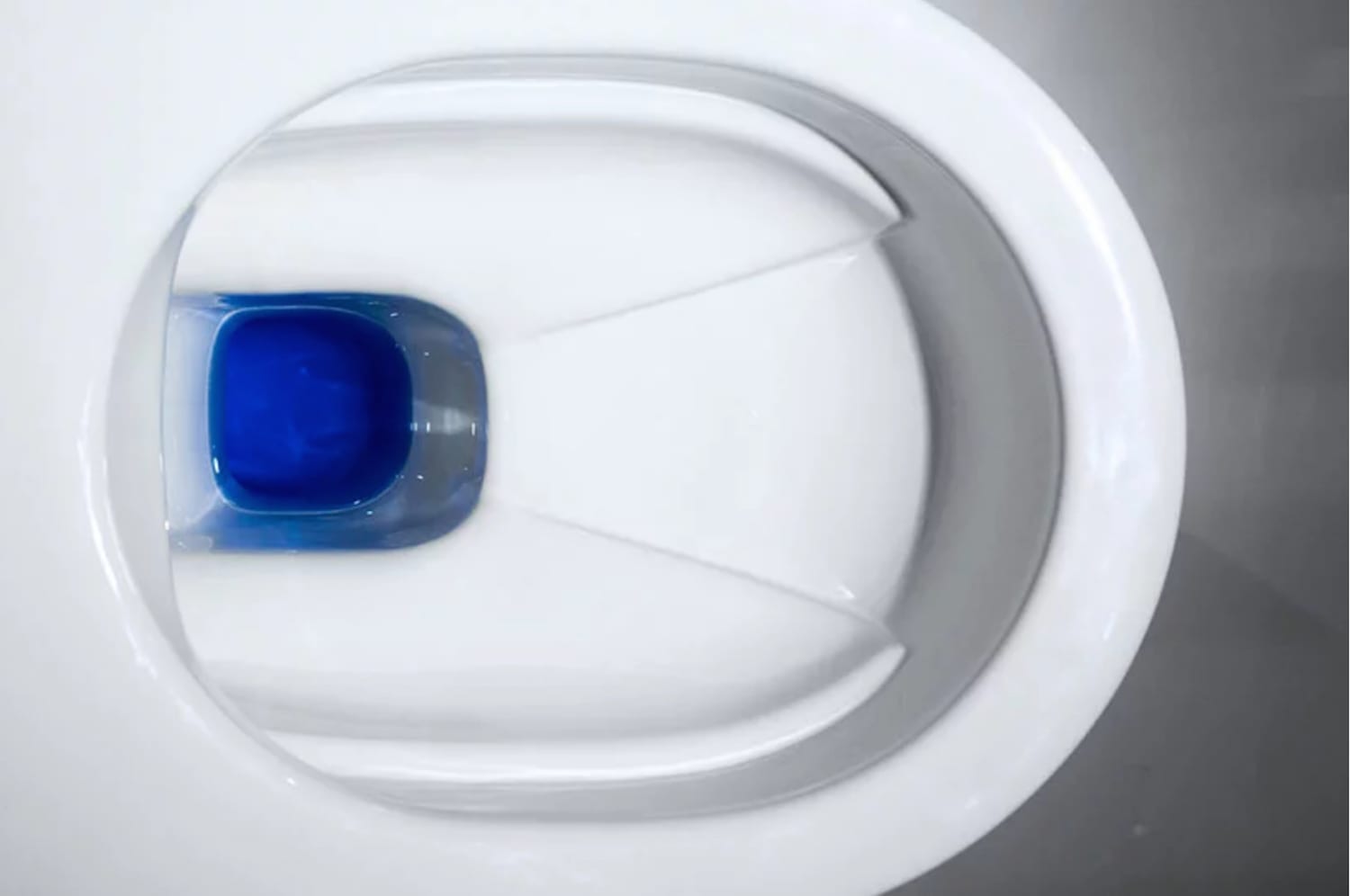
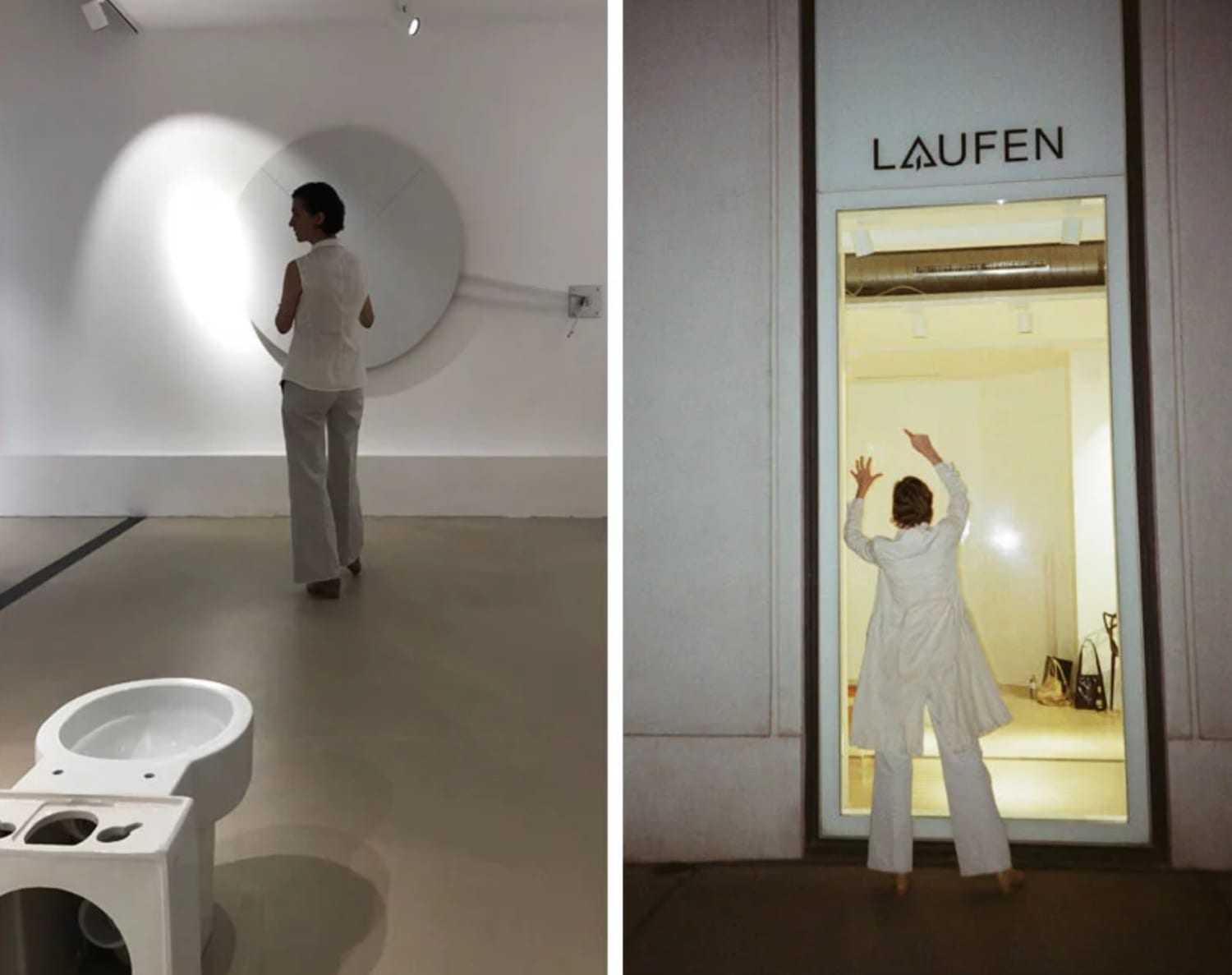
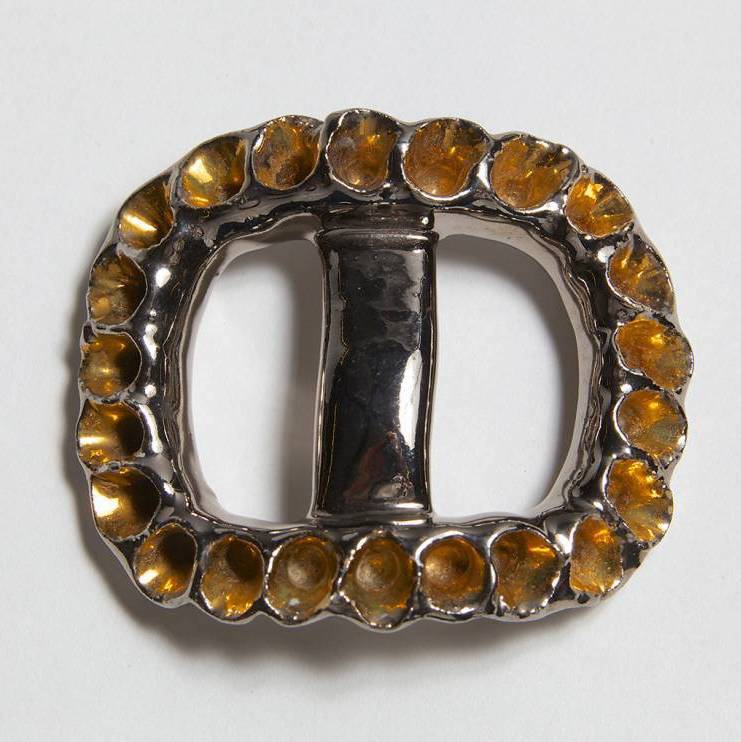
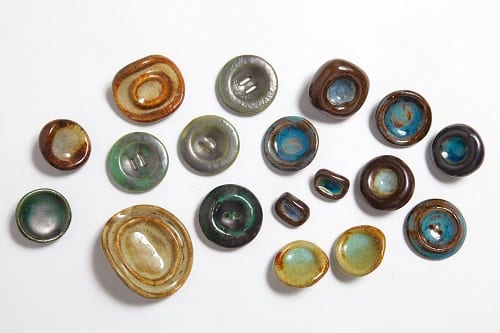
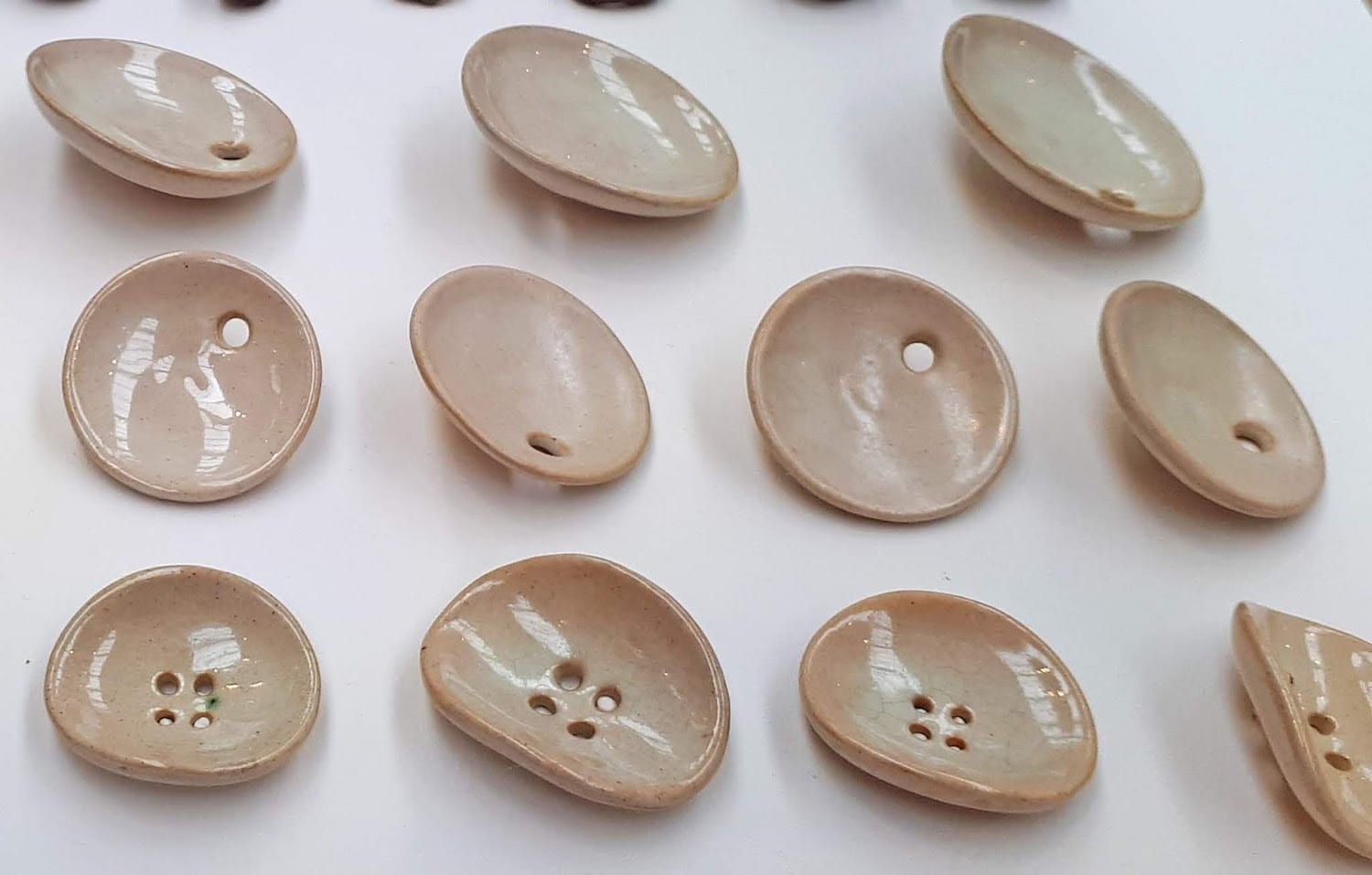
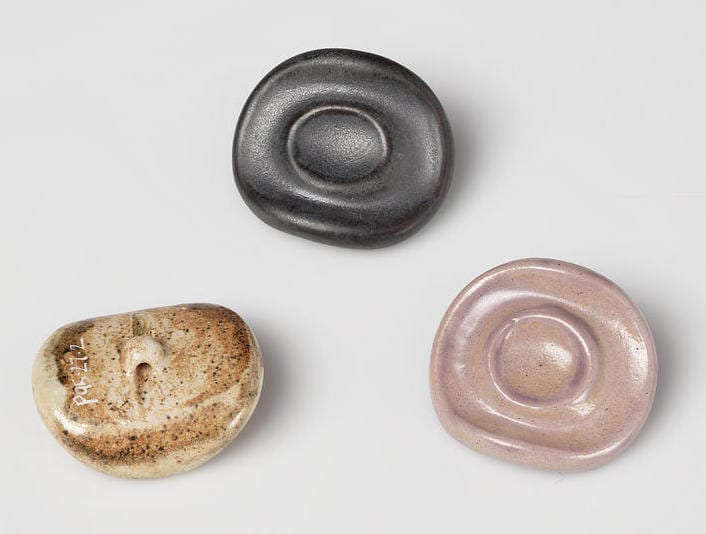
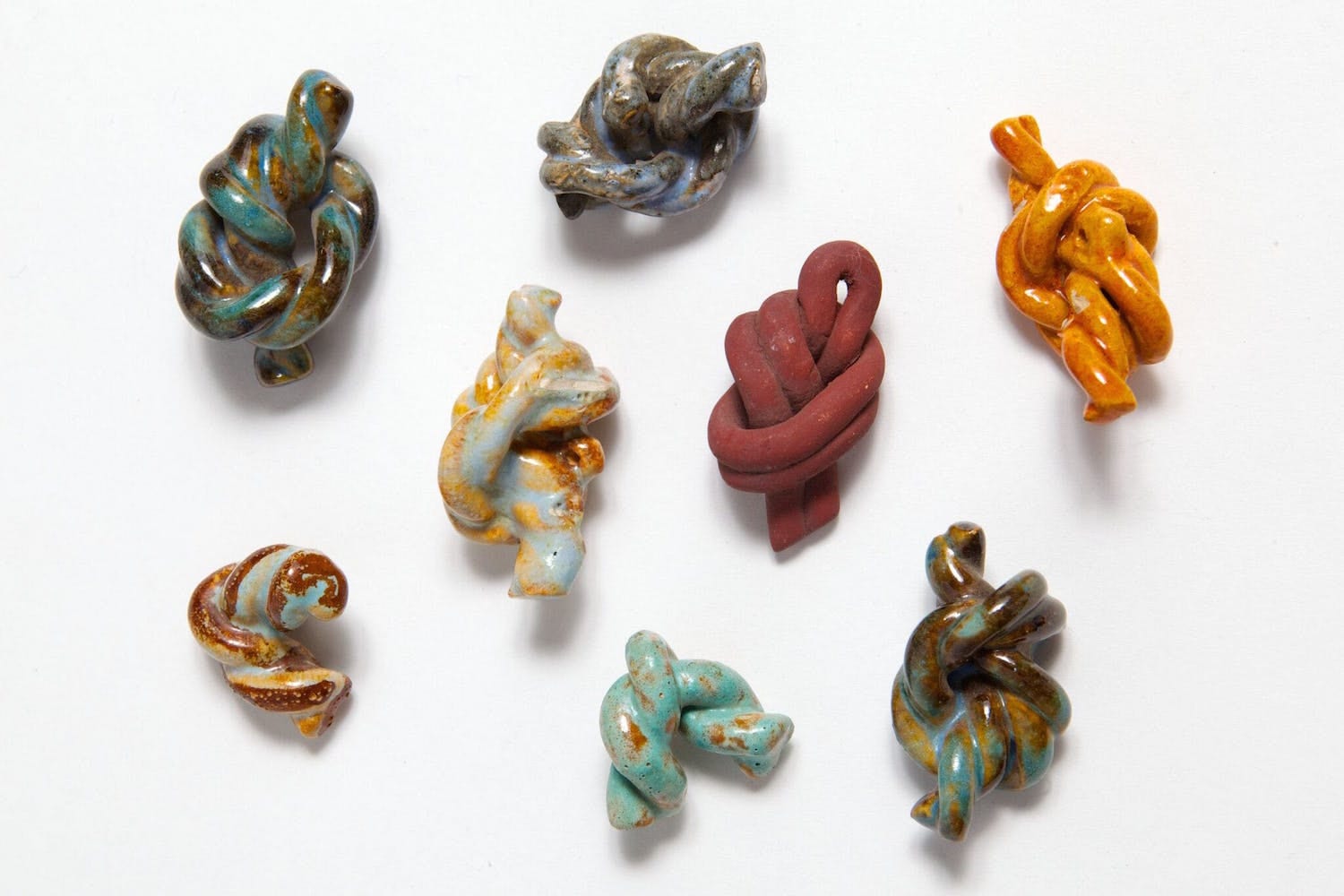
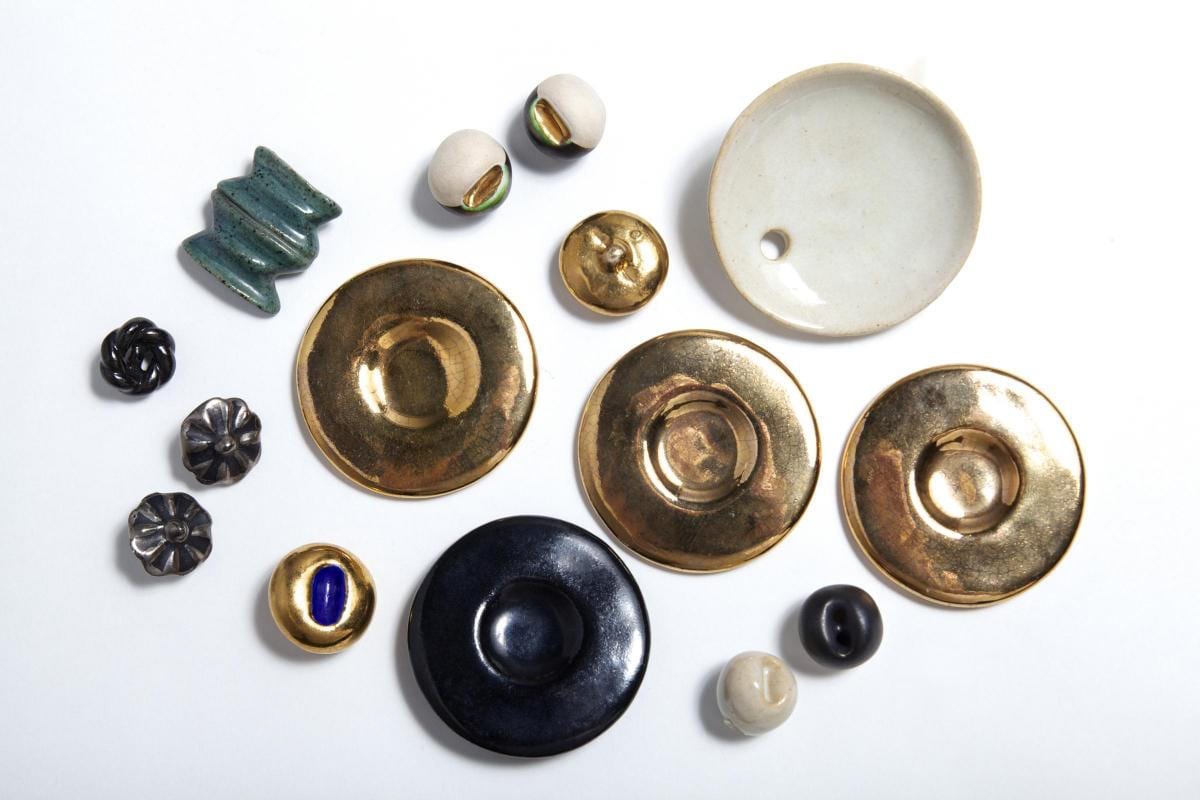

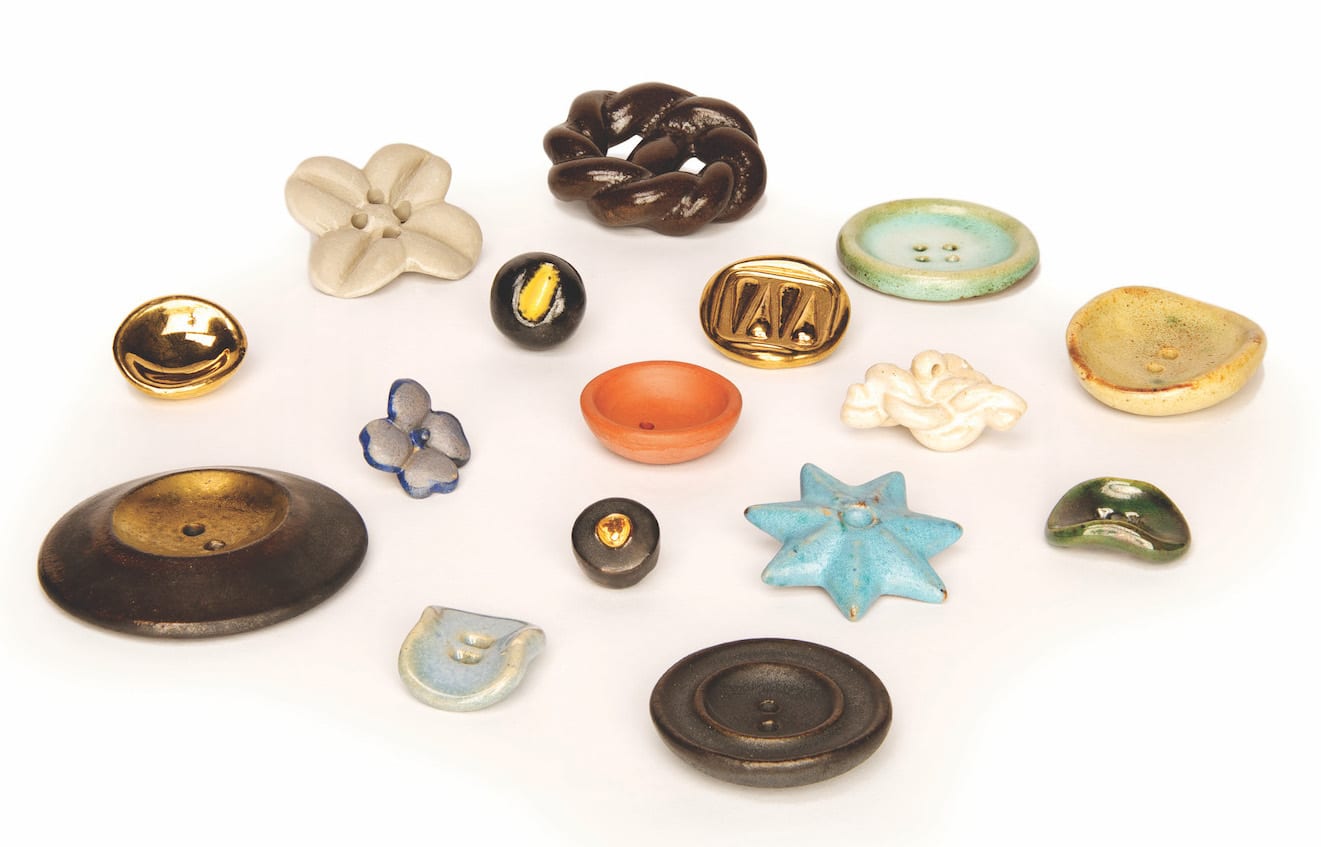
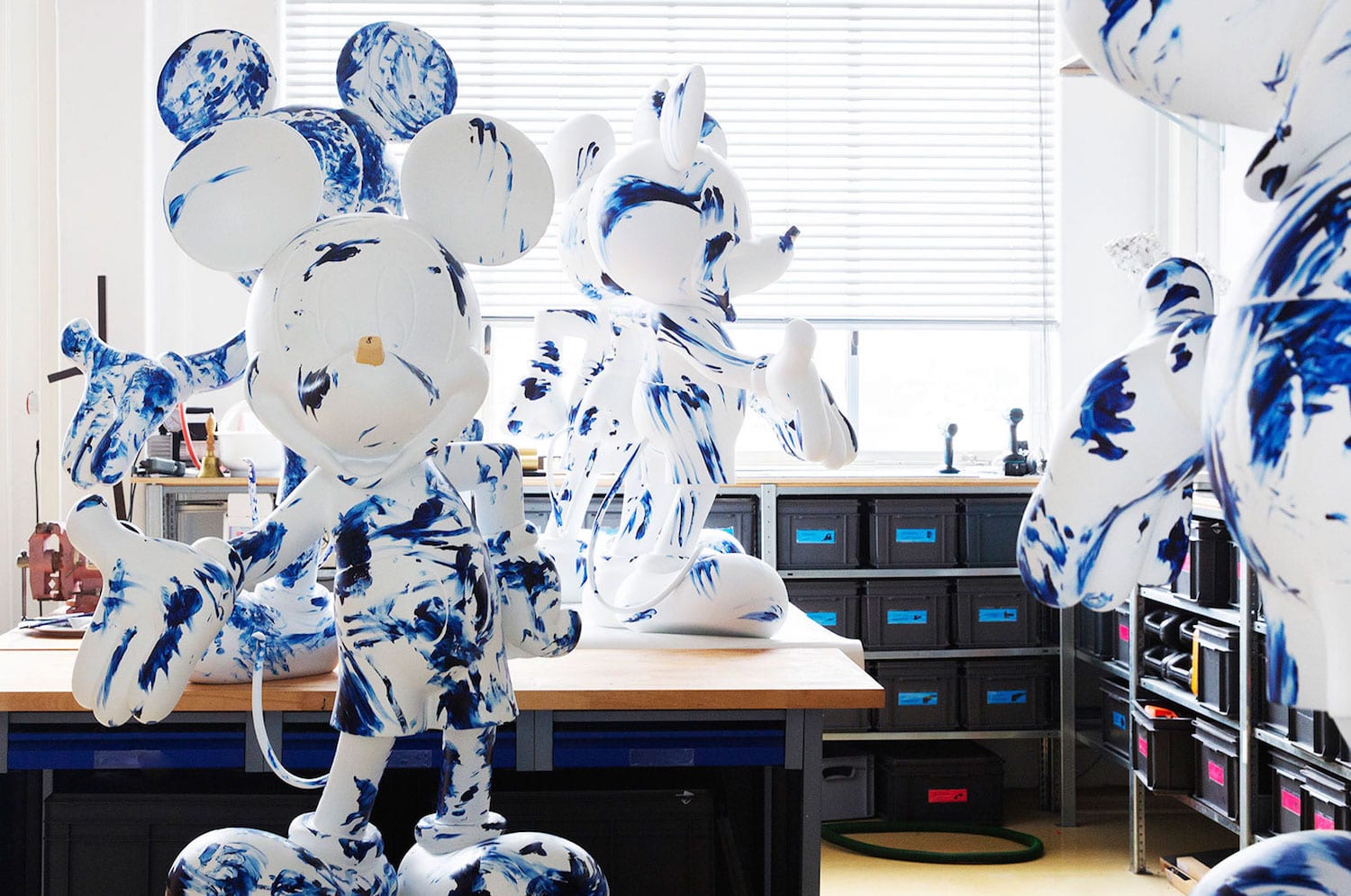
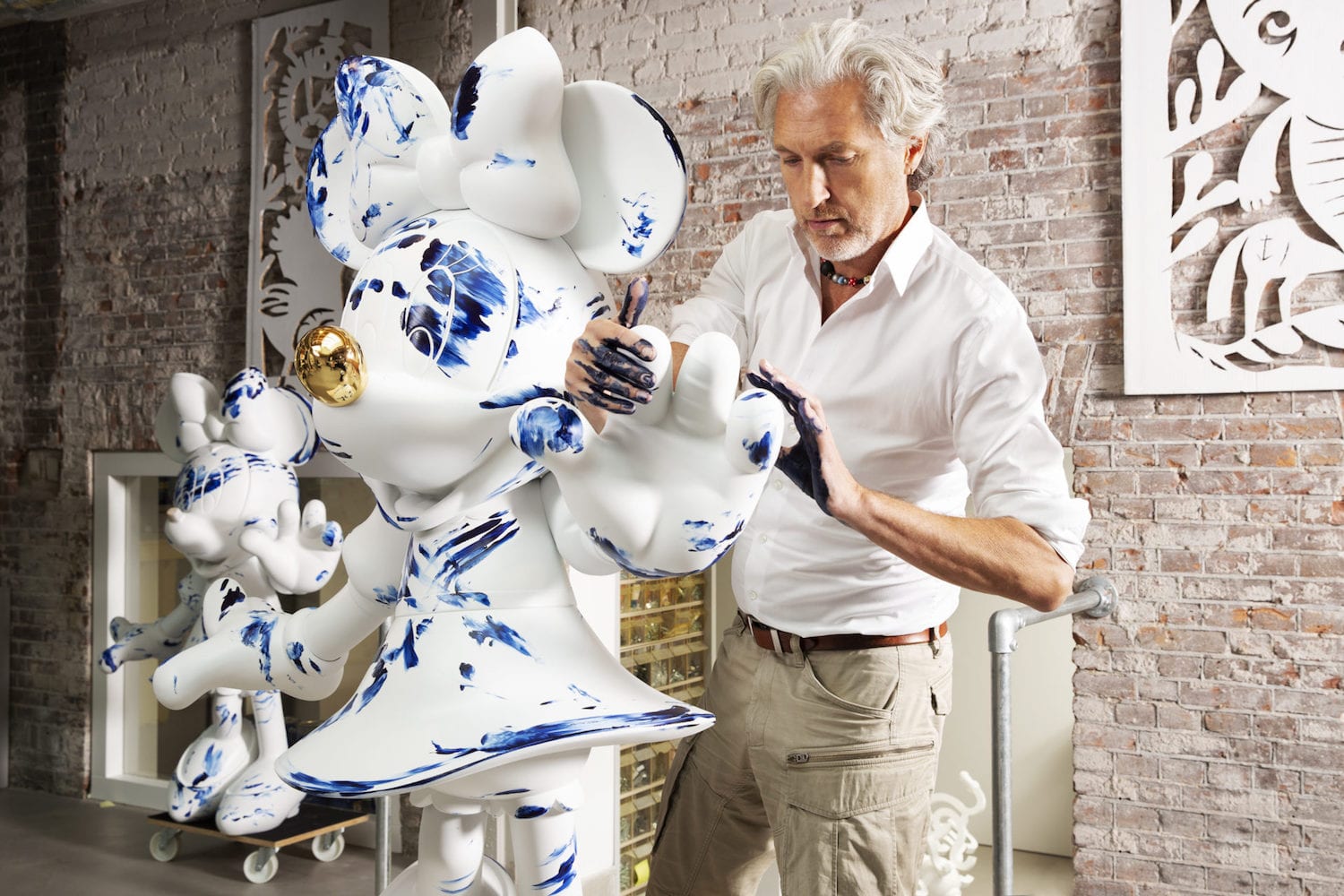
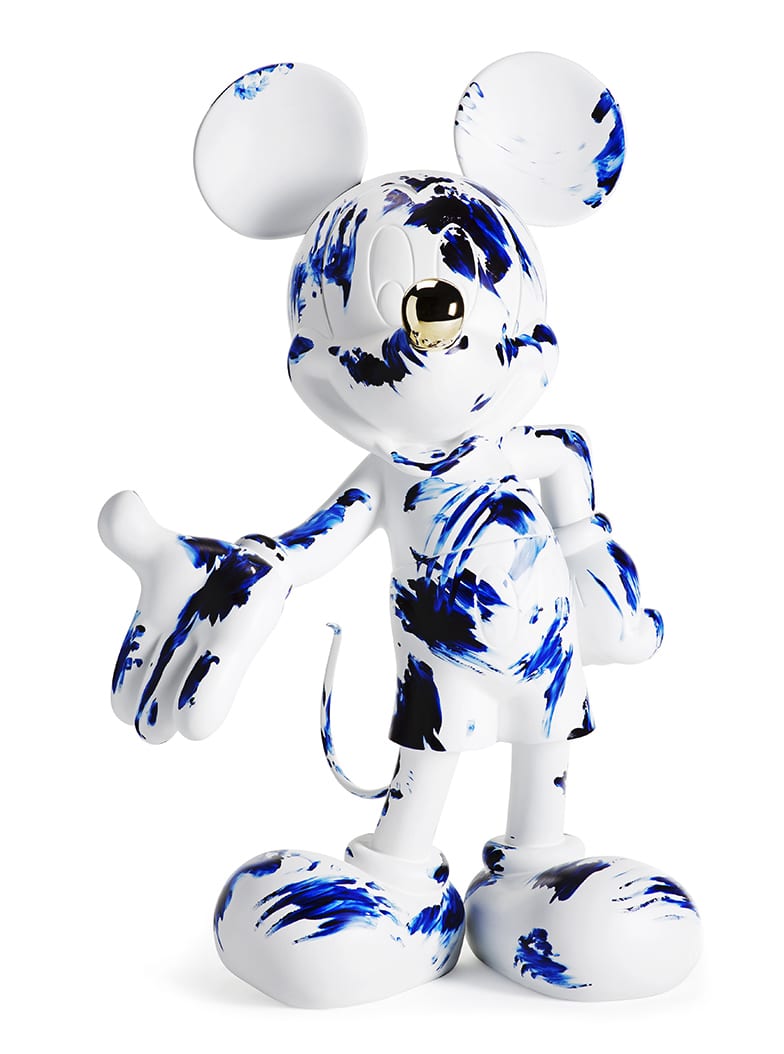
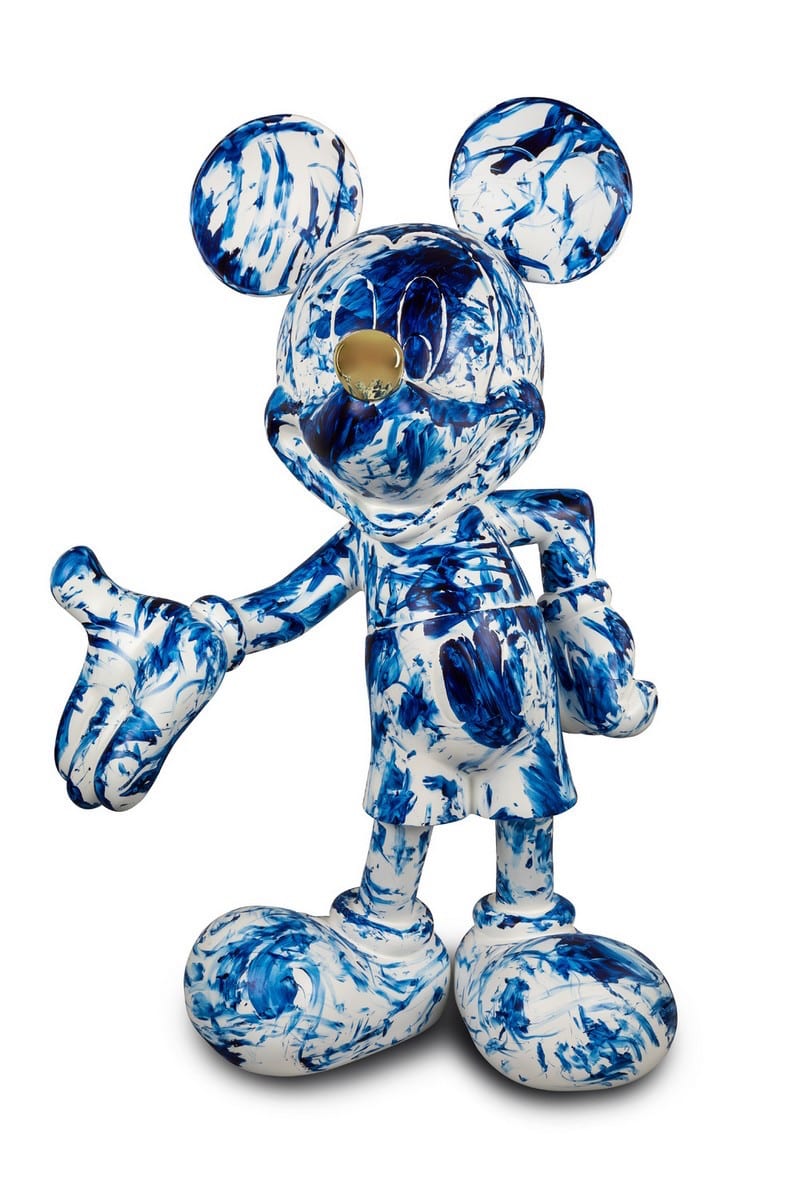
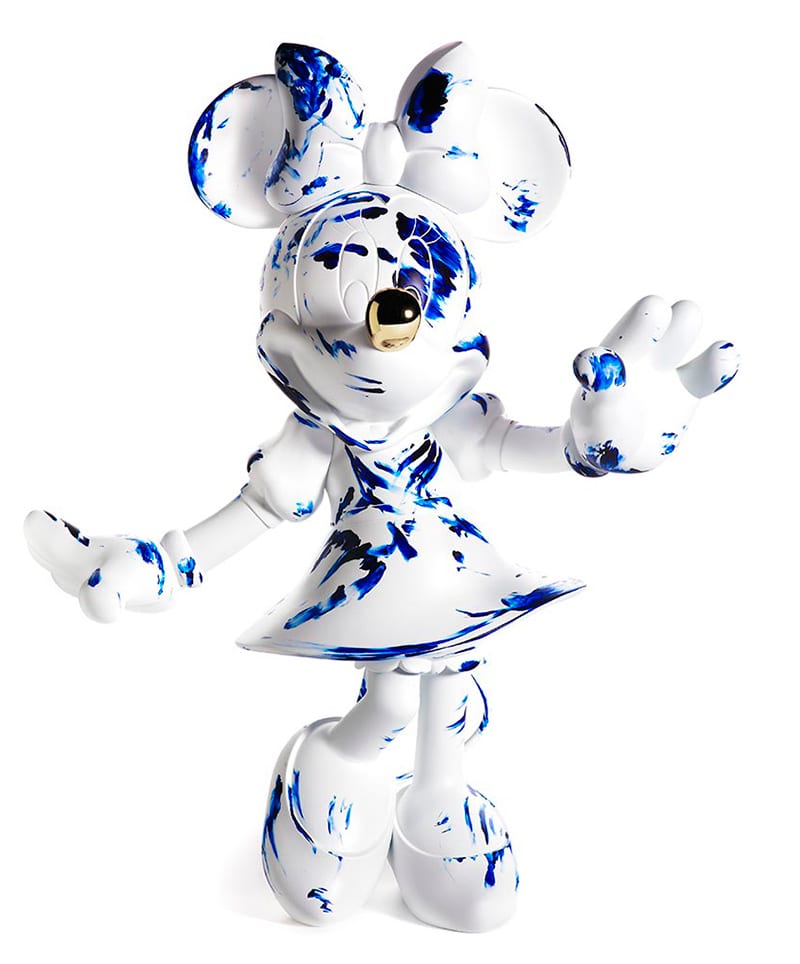
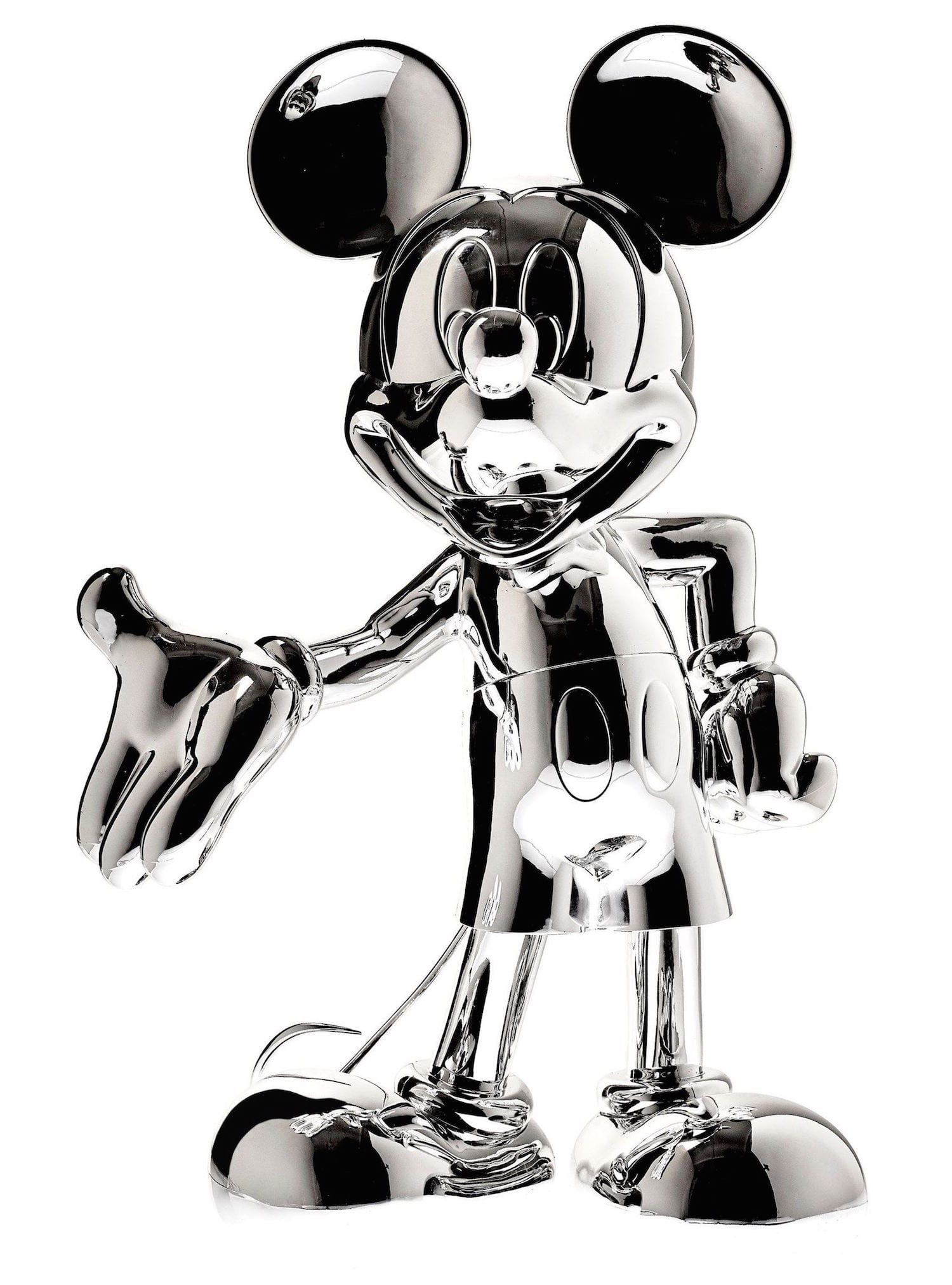
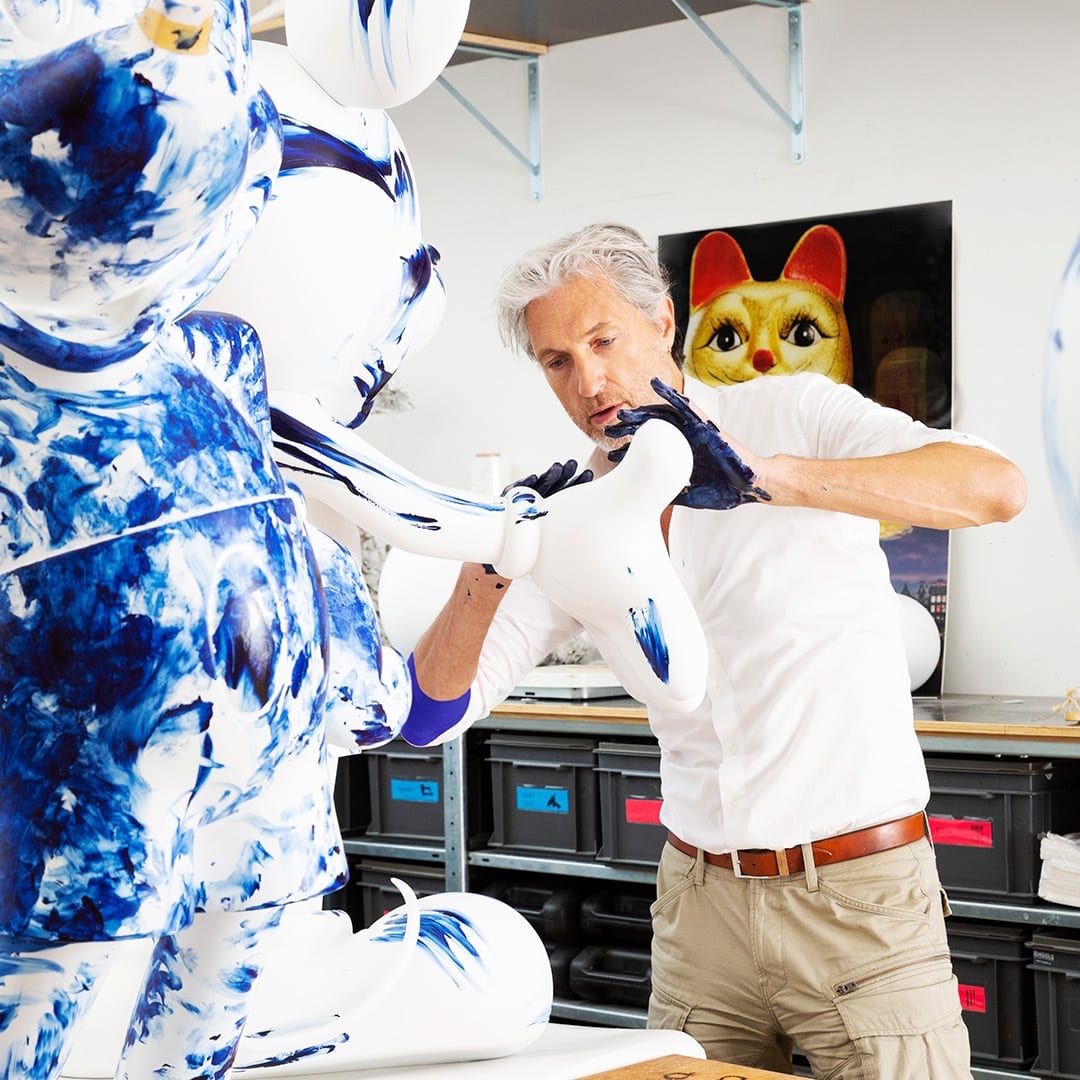
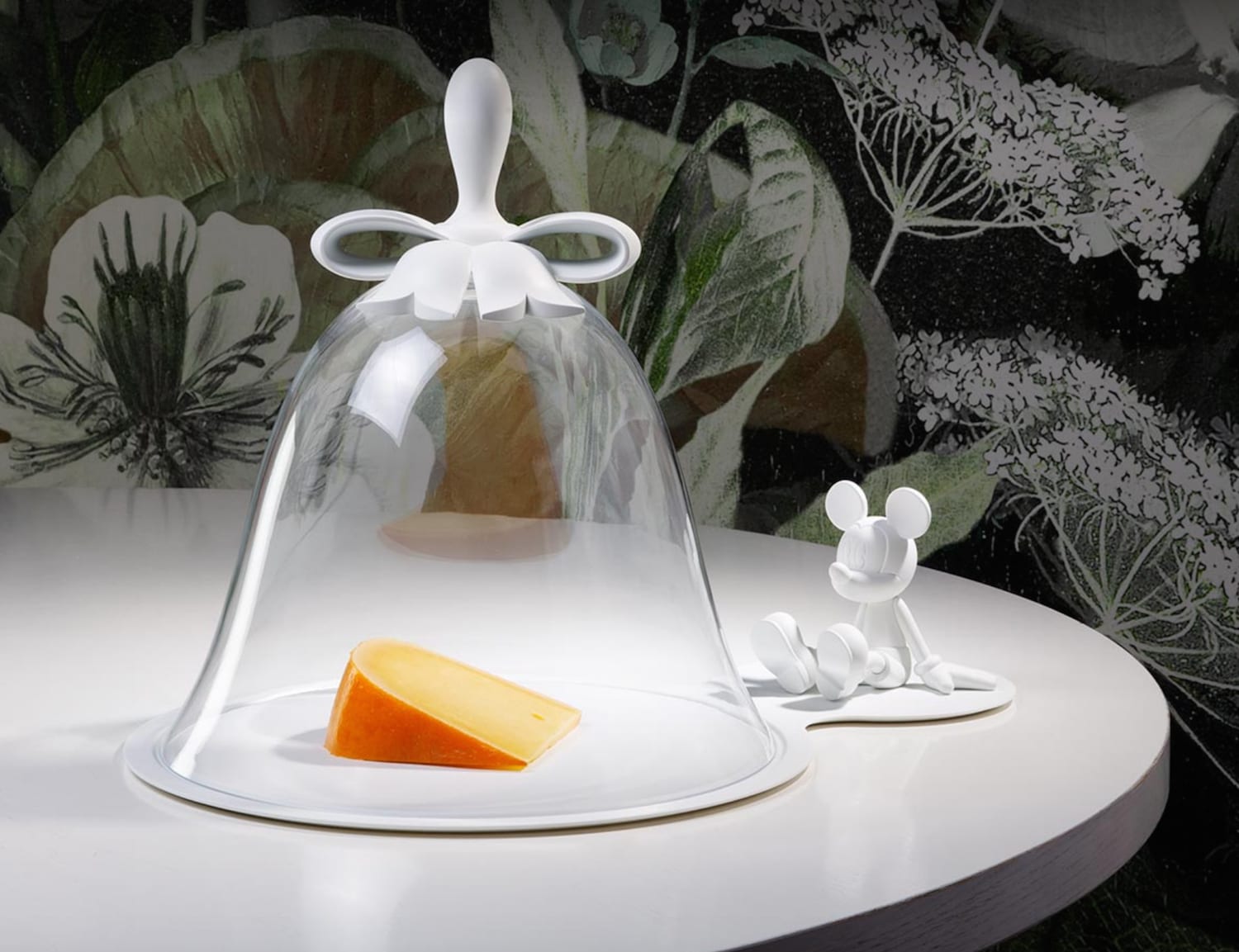
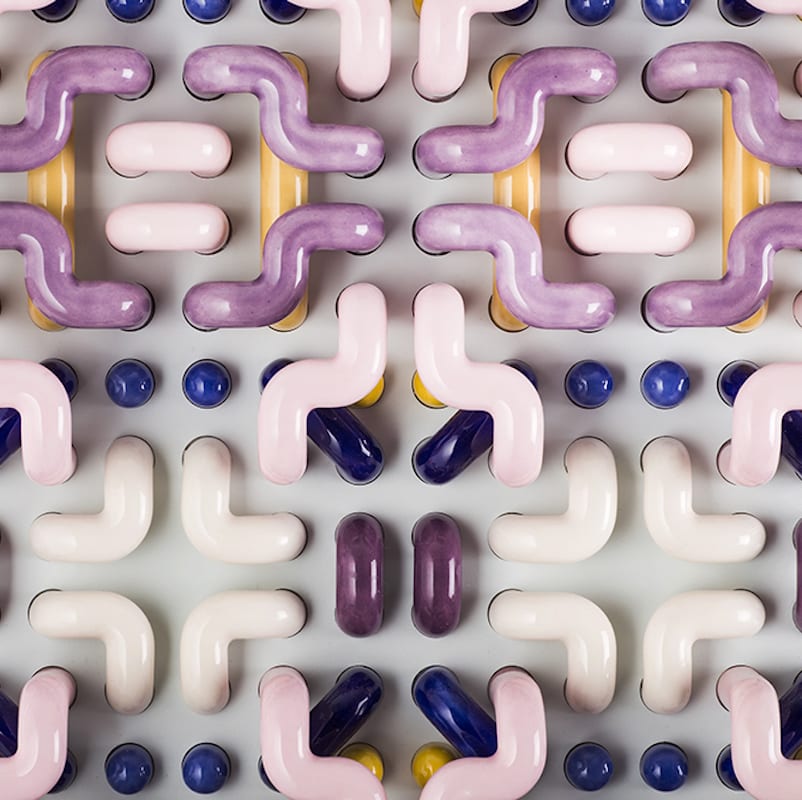







Add your valued opinion to this post.